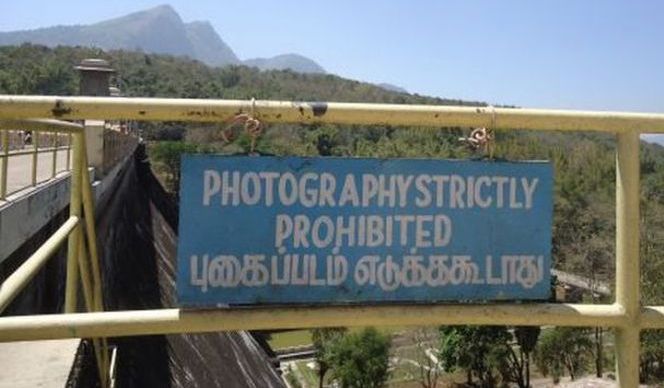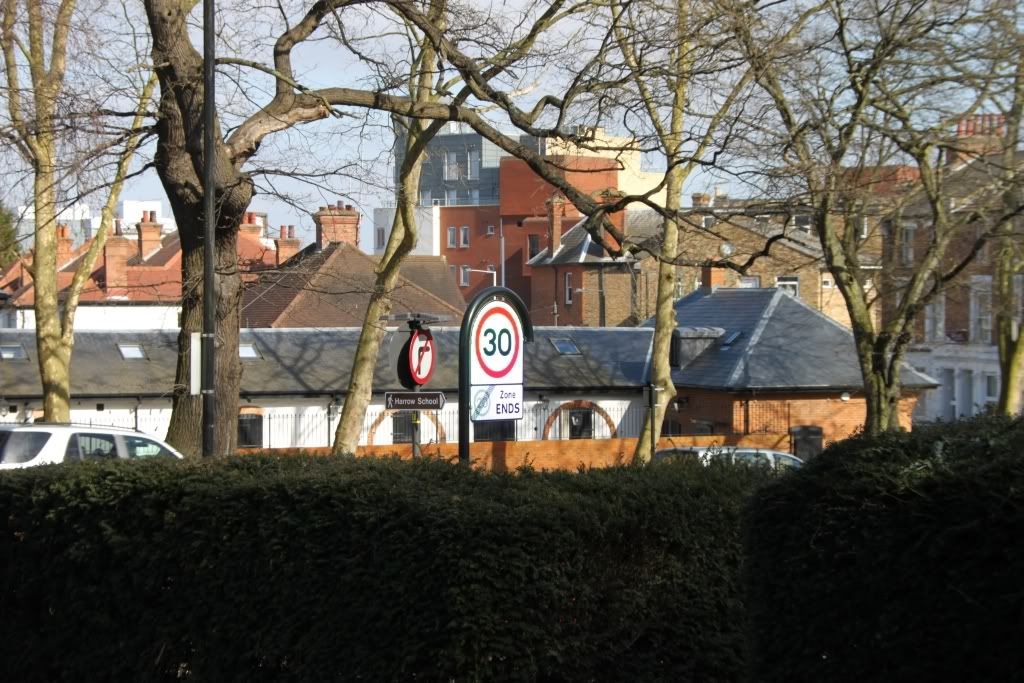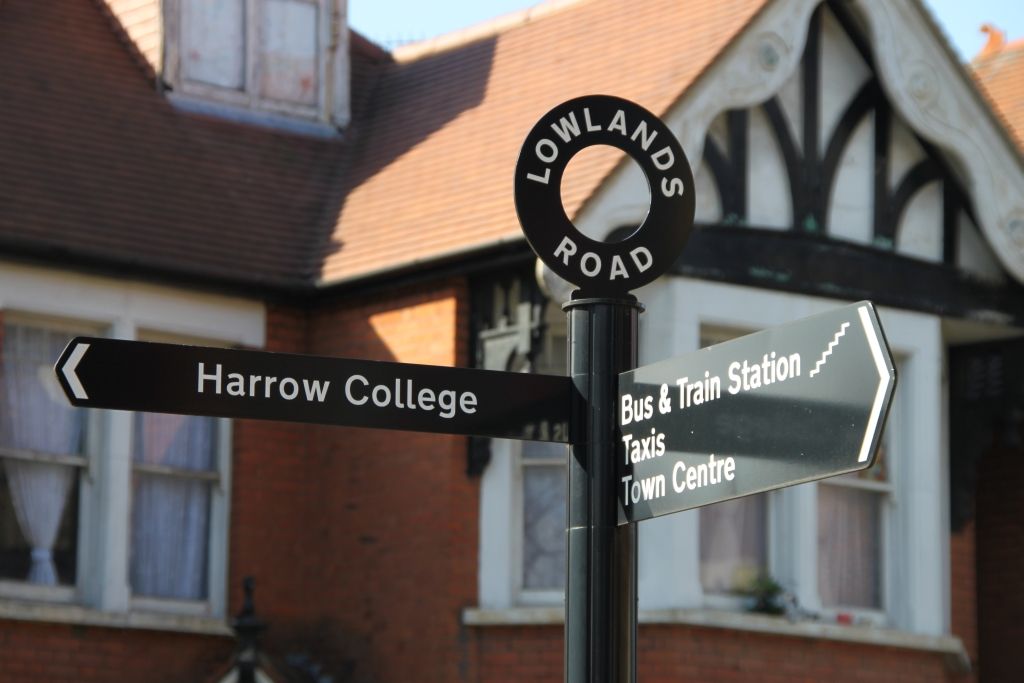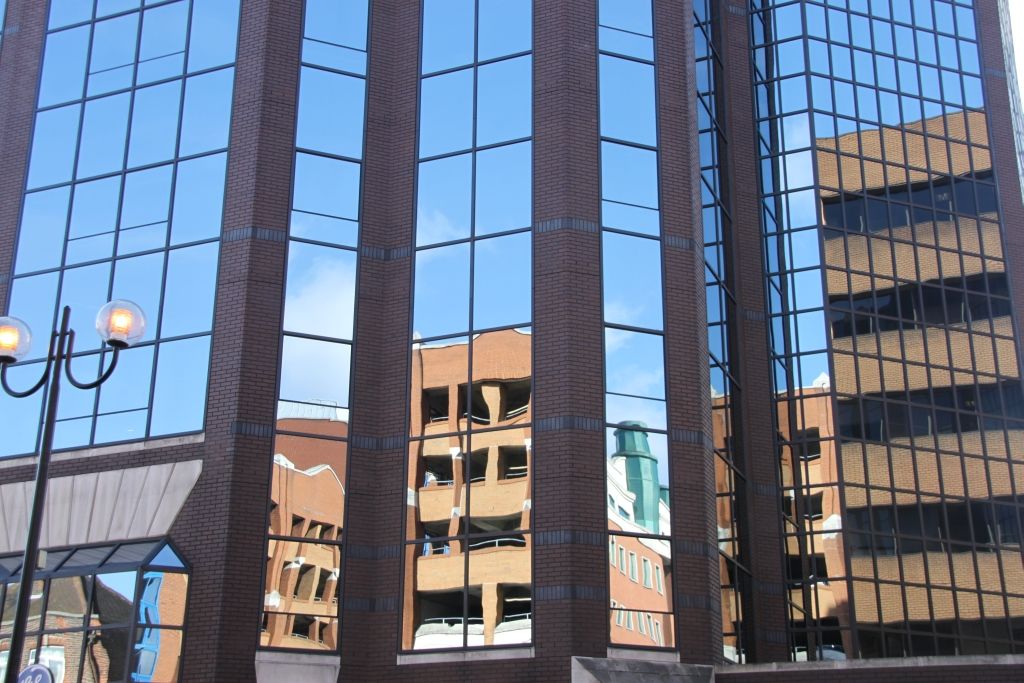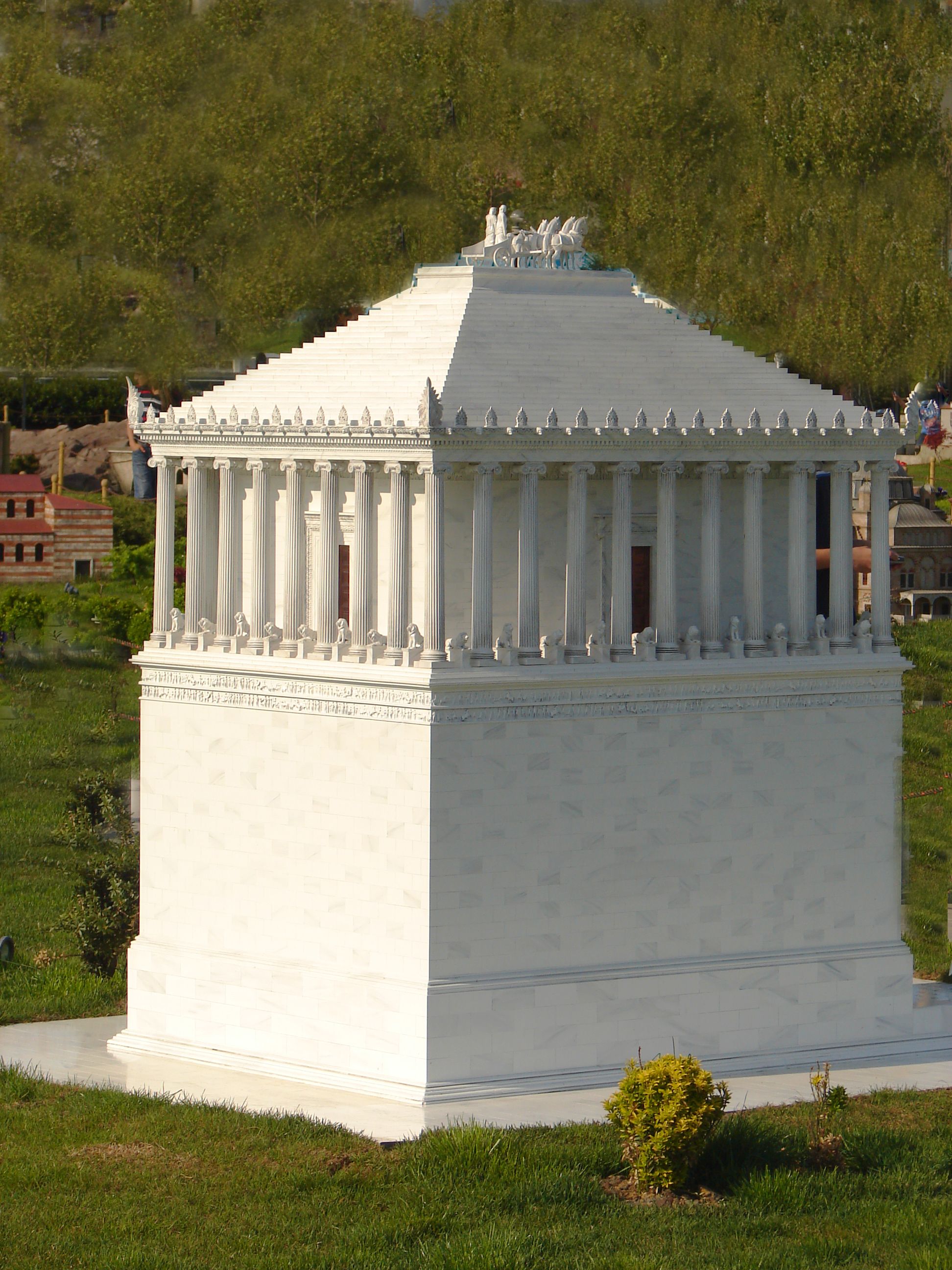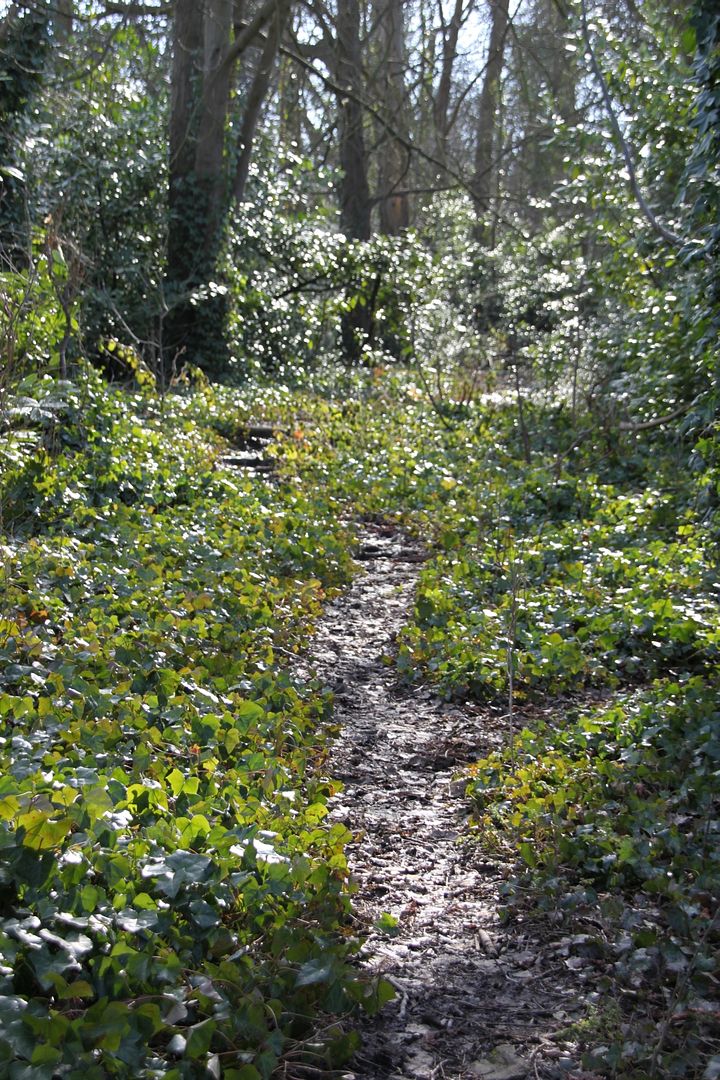
Thursday, April 29, 2010
Wednesday, April 28, 2010
Sunday, April 25, 2010
Saturday, April 24, 2010
Photo Essay: British Museum Part 5D Nereid Monument
The Nereid Monument is another spectacular tomb although much less known compared to the other exhibits from Greece in the British Museum. Some background to this tomb can be found here.
Here are the sea nymphs, the beauty of the carvings just show out, the way their clothes are waving in the breeze.

Can you see how finely carved their robes are?

They look like they are in motion. Beautiful, imagine what they would be looking like when they were new and softly gleaming in the Turkish sun?


The actual tomb is quite tall.


With more sea nymphs between the columns.

And the finely carved friezes below the statues. They have well displayed it, to have fit this huge structure inside a room means that it looks huge. Beautiful. The full slide show is here. The next essay is on miscellaneous statues that I fell in love with and will end this series with the grand finale of the Parthenon marbles.
Photo Essay: British Museum Part 5c Mausoleum of Halikarnassos
This is/was a spectacular monument, the Mausoleum of Halikarnassos for Mausolus. As it so happens, the word Mausoleum comes from this chap and what he did to his tomb. As it so happens, this is also one of the seven wonders of the ancient world. The tomb was constructed by his wife and sister Artemisia and it was indeed a wonder. One of the tallest buildings of its time, it stood for 16 centuries till earthquakes tore it down by the time the Knights of St. John of Malta used the marble to build their castle at Bodrum, but they saved some statues and friezes. More excavations happened by British Archaeologists and basically the remains are in the British Museum, in a tiny museum at the original site and then rest of them are lost or in the Bodrum Castle.
But when you step into the room, you can see what a gigantic endeavour it was, how much Artemisia loved Mausolus and what a wonderful sight it would have been in its full glory. Here is a scale model of what it would have looked like in its full glory.
Do click on the photo to see the full high resolution photograph and remember this is just a scale model. The full height of this entire tomb is thought to be 45 meters and that too on top of a hill. So you can imagine the huge amount of work that went into this. There were four sculptors working simultaneously on the four sides. The competition to look good produced some spectacular sculpture.
Can you see the row of friezes just below the base of the columns on the top of the scale tomb? Well, here are the sole remaining pieces of those friezes which showed stories of the gods and battles of men.

Here are the happy couple, whose statues were on top of the tomb, right at the top. The lady looks a bit worse for wear but the King looks regal. Just look at his face, he is royalty personified.



One of the colossal horses which drew the chariot on top of the tomb. You can make out the size of the horse from the lady who is standing next to the statue.

And here we have a rather dyspeptic, manky and constipated looking lion, these sculptures were placed between the columns. You need to walk into the room to get shocked by the gargantuan sculptures, but they are not just big, they are well proportioned and exquisitely carved (with the exception of the lion). I stood there and had a similar feeling when I saw the Great Pyramid. They dont speak to you, they overpower you. Here is the full slide show with higher resolution photographs.
Photo: International Incident in 1850

Fascinating history about how this German woman beater got his just desserts.
Friday, April 23, 2010
Recognition at last! lol
Hi,
We are working with Santander on the photography competition that you entered in Metro. There were an overwhelming number of entries and we were really impressed with the standard of photography displayed, so much so that we would like to create a coffee table book featuring some of the best shots. Although you weren’t the overall winner, your photograph was highly commended and has been selected for inclusion in the book.
With this in mind we’d like to know a bit more information about the photo you took. Please could you send me a small paragraph (no more than 100 words) on the story behind the photo/inspiration for taking it. You can include details of who and what is in the shot and how you felt it captured one moment in your city. We also need a title for your shot please?
At the moment we are organising the production of the coffee table book but will send you more details about where you can see it in due course.
Look forward to hearing from you
Best,
Katie
Katie Bawler
Account Executive
Eulogy!
t: 020 7927 9999
m: 07799 130 187
Twitter: @katieee_b
The Heal's Building I 22 Torrington Place I London I WC1E 7HJ
PRCA awards 2009 - Agency of the Year 2009 - WINNER
PRCA awards 2009 - Best B2B Campaign 2009 - WINNER
B2B Marketing Awards 2009 - Best public relations campaign - WINNER
CorpComms Awards 2009 - Best digital PR campaign - Virgin Media - WINNER
Stevies Women in Business awards 2009 - Best Overall Company of the Year - WINNER
Stevies Women in Business awards 2009 - Best Executive in EMEA - Lara Leventhal - WINNER
This email and any files transmitted with it are confidential and intended solely for the use of the individual or entity to whom they are addressed. If you have received this email in error please notify us immediately and then delete the email and any copies of it. Please note that any views or opinions presented in this email are solely those of the author and do not necessarily represent those of the Company. Finally, the recipient should check this email and any attachments for the presence of viruses. The Company accepts no liability for any damage caused by any virus transmitted by this email.
Eulogy! Limited is a limited company registered in England and Wales with number 03423525 and whose registered office is at The Heals Building, Torrington Place, London, WC1E 7HJ. Eulogy! Limited is a VAT registered company with number 707376721
Thursday, April 22, 2010
Photo Essay: British Museum Part 5b: Greek Gods and Goddesses
I have to admit that I like them Greek Gods and Goddesses. They remind me of my own Gods and Goddesses, they love, they are happy, they commit big blunders, they fight, they are just like us, slightly more grown up and perhaps with a bit more power, but generally good eggs. At the British Museum, they have a whole giant room full of statues to these wonderful gods and I thought of giving you a hint of the few which caught my eye (and the damn photos came out properly).
This is a bronze head of a goddess (unknown) with inlaid silver in her eyes and wearing a diadem. The greenish verdigris over the head provides an almost spooky look to the bust. Man, I wouldn't like to meet her in a dark temple, gives me the heeby jeebies and I feel like confessing everything immediately (even things that i haven't done or have done and have forgotten or what have you). But I am sure she looked a bomb when she was brushed to a high gloss.

These are a bunch of painted and gilded terracotta cupids who were found in a single tomb. Now here’s the interesting thing, they were designed to be suspended from the ceiling so that they would sway over the dead man/woman and look like they were flying. Almost like a grave mobile. Maybe a loved one died and his/her spouse decided to hang cupids over him/her to celebrate their love? How sweet and romantic, eh?


Two terracotta statues of winged Nike (victory). These are, of course, small statues, but the big ones should have been so dramatic. I can well understand why they would picture her like this for victory, its almost like so grandiose and dramatic.

A Nymph.
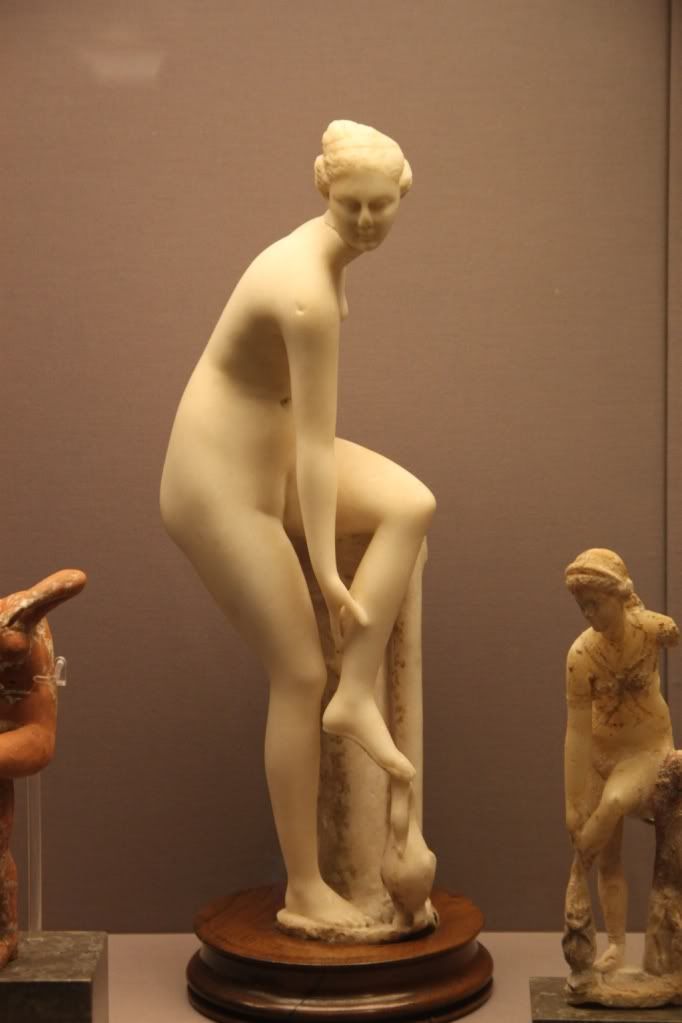

A marble statue on the left and a bronze statue on the right of Aphrodite. Now that’s grace for you, she looks absolutely spiffilicious.


A terracotta and marble statue of Aphrodite. Curious how most of her statues show her doing something with her feet. I suspect this shows off her lovely form in tension. Very nice.

And finally we come to one of my favourite Gods, the Satyrs. This is a terracotta statue of an elder satyr. They were supposed to be fertility gods, would drink, be merry and are totally disreputable :). In the next essay, its the turn of the Mausoleum of Halikarnassos.
The full slide show with higher resolutions is here.
Wednesday, April 21, 2010
Photo Essay: British Museum Part 5a: The Famous Greek Men
I was going to just do one largish Greek Galleries but after running through the list of photographs and being brutal, still was left with about 100 photographs, so have decided to explode it a bit more. Apologies. The first one relates to the Famous Greek Men.
Where else to start but with Pericles, perhaps one of the men to whom Western Civilisation owes a very large debt. And a great public speaker to boot. And a cool picture with his helmet pushed back on his head. Neat, eh? This is a 2nd century AD copy of an older Greek original of around 440-430 BC.
Old man Socrates said to be from Alexandria.

From the left, you have Socrates, the founder of Greek philosophy, then Antisthenes, founder of the Cynic school of philosophy, Chrysippos founder of the Stoic School of Philosophy and then Epikouros, founder of the Epicurean School of Philosophy. Between these four gentlemen, you can pretty much encapsulate the majority of western (broadly speaking) thought. Perhaps one day I will get a chance to read more into these.

Homer the composer of Iliad and Odyssey. He looks a bit miserable, no? well, so would I be if I was blind and forced to recite long poems for my food.

Menander a dramatist.
After taking all these pictures, I stood there and gazed at the faces of these (and very many more busts) of the Greek statesmen and philosophers. Its quite interesting to see how these ancient men produced ideas and actions that directly influence how we live and work. The power of an idea, eh? Next essay looks at the Greek Gods and Goddesses.
Here is the full slide show.
Tuesday, April 20, 2010
Photo Essay: British Museum Part 4: The Minoan Bull Leaper
The Minoan Civilisation was something that i have childhood memories of. No I am not that old, but when Baba came back from the UK, he got me a book on Minos, the bull leaping, the minotaur, and it was something huge for me back then. While I am not going to go into the details of this, when I saw this bronze age statue of a man leaping a bull, it brought me back to those old days. And for the life of me, i cant figure out the name of the book.
This shows a bull leaper fully over the bull. The idea is to wait till the bull has charged you and then at the last moment, grab the bull’s horns and then somersault over the head as the bull tosses its head.
The view from the other side. The man has obviously completed more than half of the jump and is heading towards the last bit and will land on the back of the bull and then slide off safely.

From the front. You can make out the stretched neck, the man coming through between the horns while the bull is tossing its head. The statue shows that the man is attached to the bull by his long hair. It was a supremely dangerous sport, one small mistake in taking off and you will find yourself gored.

If you look closely, there is evidence that the bull leaper is rather well endowed. But given that this was considered to be a religious act, one isn't surprised to see that there is a link with fertility as well. Guess what? this is still done now in the south of France and in Tamil Nadu. See the wiki link.
A beautiful bronze figurine. See the full resolution slide show to make out the intricate work.
Photo Essay: British Museum Part 3: The Assyrian Exhibit
The Assyrians were, for a very long period of time, the big cheeses of the Middle East. Based around Iraq, their rule at one time extended into Turkey, Iran, Iraq, Kuwait, Northern Saudi Arabia, Levant, Israel, Sinai, Egypt into Nubia. Pretty large for that time, I must admit. They made some expansive sculptures and statues, the British Museum has some excellent collections of statuary, sculpture and tomb carvings.
This is a gallery showing carved stone panels from the Palace of King Sennacherib (704-681 BC) at Nineveh, Iraq. Very long gallery, they show transportation of sculptures, hunting scenes, military battles, etc.


Then we have these two colossal statues of winged human headed lions which were placed either side of the main entrance to the royal palace of King Ashurnasirpal II (883-859 BC). They look pretty imposing, eh? Check out the beards, curled to an inch of their lives. Very imposing. And after lots of research and poking around, turns out that the reason for these chaps to curl their beards was as a identification mark, to distinguish themselves from their neighbours as the Egyptians, the Israelites, etc didn't do the beard thing at all. The photograph on the right shows that the rest of the sculpture is covered with cuneiform writing about the king and his deeds.

This is a free standing stela of Shamshi Adad V (823-811 BC) from Nimrud. It shows the king worshipping the various gods. The inscriptions around his dress talk about his military campaigns.

This is a black obelisk of Shalmaneser III which records his military campaigns and the tribute he got from Iran, Israel, Turkey and Iraq.
He got some Indian elephants as well as the panel on the left shows, while on the right you can see some antelopes. Nice way of keeping your accounts.


Two more panels which would be placed either side of a doorway, with a winged spirit or human figure usually carrying a magic cone and bucket. These would ward off evil, guard the king and inhabitants. The Assyrian Exhibit is ok, fairly interesting but then, after coming from the Egyptian Exhibit, its not really that impressive. The full slide show is here. The next part relates to just one statue, that too tiny but of great import.
